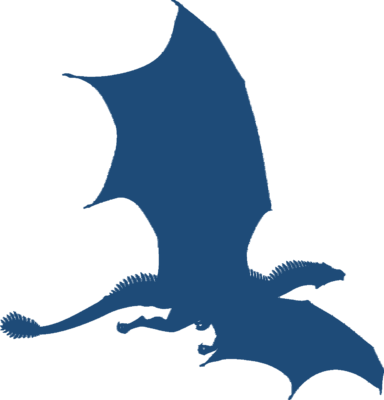Norse religion still affects much of our culture today. Our fondness for feast holidays originates with them, as does the name of many of our days of the week. Their imagery has much in common with Indo-European religion, and is a variant of shamanism in many ways it’s practiced. It was primarily a clan based “household” religion. The clan head was more than a domestic leader. He was also the spiritual leader. The tradition in modern Christian homes of the head of household “being male” and being the spiritual authority as well also originated with them. Although this was widespread throughout Indo-Aryan influenced cultures and reinforced as these culture began to communicate with each other.
It was an oral doctrine for the most part, and there are linguistic connections included in myth and place names. Our popular imagery of fire and ice had its origin in Norse myth and was how the world was created. Ymir was the primordial being, the first intelligent being. He has a creature who shared his nature, but their elemental nature was ice. From Ymirs efforts arose the fire influence, and the birth of his fiery counterpart. None of the original primordial beings (called giants) still live, though the giants didn’t go extinct either.
Odin was the primary divine king. He did take a giant and fathered Loki on her, and Loki was also wed to a giantess and was said to have fathered many primordial beings. Basically the beasts that would lead to the Norse apocalypse or Ragnarok. This would destroy some, but not all of the gods and lead to a rebirth of the world and humanities rebirth through another set of Adam and Eve figures. The original being Ask and Embla. The first human beings being made from trees.
Thor (Lokis half brother) was born of Odin, and an Aesir woman named Sif who was a sorceress. The practice of magic was considered a feminine pursuit, though Odin also was a practitioner of it and not respected by his son Loki for it.
Much evidence supports that ancestral piety was mixed into what amounts to Norse shamanism, and they had a focus on knot magic. This is where the modern association of magic with staves and wands comes from. These were weaving tools. It was believed that the fates, being pseudo-divinities, created any effect by an act of weaving. The goddess Freya was sort of a loose cannon in not being subordinate to Odin and the practice of Seider or fate weaving was her special auspice.
Your thoughts are welcome. Be well friends.
Travis Saunders
Dragon Intuitive
~science,mysticism,spirituality~



Leave a Reply